Japan
Things to DO
Bonin Islands
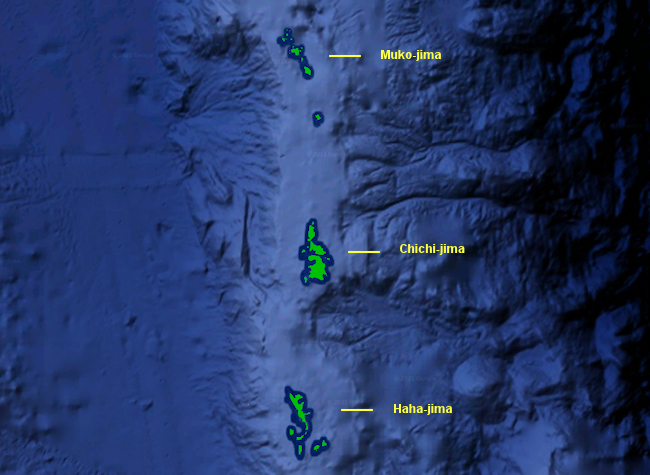
The Bonin Islands, are an archipelago of over 30 subtropical and tropical islands, some 1.000 kilometres directly south
of Tokyo, Japan. The Bonin Islands consist of three subgroups: Muko-jima Group, Chichi-jima Group, Haha-jima
Group.
The only inhabited islands of the group are Chichi-jima, the seat of the municipal government, and Haha-jima.
Prehistoric tools and carved stones as well as stone tools discovered on Chichi-jima, indicate the islands might have been
populated in ancient times.
The first recorded visit by Europeans to the islands happened on 2 October 1543, when the Spanish explorer Bernardo de la
Torre on the "San Juan" sighted Haha-jima, which he charted as Forfana. At that time, the islands were uninhabited.
Japanese discovery of the islands occurred in 1670 and was followed by a shogunate expedition in 1675. The islands were then
referred to as Bunin jima, literally "the uninhabited islands".
In September 1825, the British whaling ship "Supply" landed in the southern group of islands. In 1826, another British
whaler, the "William", arrived at Beechey Island (Chichi-jima). Whaling ships called on a regular basis, for water and
turtles, before continuing their voyages.
In January 1862, the Tokugawa shogunate of Japan claimed the islands in a short-lived colonial enterprise. This tentative
colonization, however, did not last for long. In summer 1863, under foreign pressure, the shogunate ordered the evacuation of
the islands.
Following World War II, the islands were controlled by the United States Navy, which expelled all residents except those
descended from the original settlers and/or related to them by marriage. The islands were returned to Japanese control in 1968,
after which other Japanese citizens were allowed to return.
Because the Bonin Islands have never been connected to a continent, many of their animals and plants have undergone unique
evolutionary processes. This has led to the islands' nickname of "The Galápagos of the Orient", and their nomination as
a natural World Heritage Site on June 24, 2011.
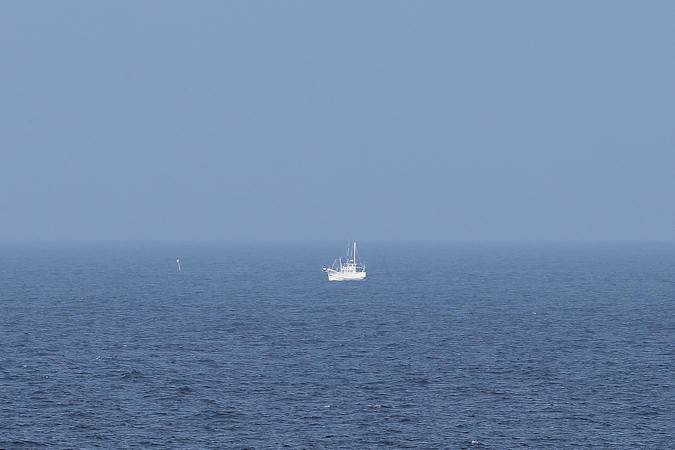 |
|||||
Bryan's Shearwater (Puffinus bryani) was described in 2011 on the basis of a specimen collected on the Midway Atoll in
1963. This specimen and another recorded on Midway in the early 1990s are the sole reliable records to date.
Because the most recent individual was found on an islet to the north of Chichi-jima Island in 2011, the species has evidently
survived in the Bonin Islands, where it may breed, although the exact location remains unclear.
Researchers believe the total population is less then 25 individuals.
These are pictures
of the nature of Bonin Islands.
Tori-shima
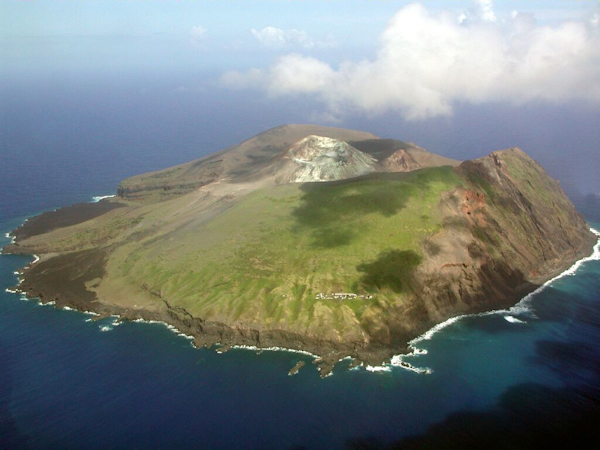
Tori-shima is an uninhabited Japanese island approximately 600 km south of Tokyo.
The roughly circular-shaped islandis the above-water portion of a submarine volcano, whose submerged caldera portion to the north
of the island continues to erupt underwater. Volcanic activity on the island itself was last recorded in 2002, accompanied by
earthquake swarms. The main peak on the island, Io-zan has a height of 394 m, and the island has a circumference of 6.5 km.
Tori-shima was known to Japanese fishermen and mariners since at least the early Tokugawa period (1603-1868), but was uninhabited
aside from occasional shipwreck survivors. The island was settled in Meiji period (1868-1812), with the primary economic
activity being the gathering of guano from the abundant short-tailed albatross, who use the island as their nesting grounds.
The population of 150 inhabitants was killed by the major volcanic eruption of 1902. Torishima was never repopulated.
On November 1, 1954 Tori-shima was proclaimed a protected bird sanctuary. This designation was increased to that of a
protected national Natural monument on May 10, 1965. It can only be visited by research scientists with special permission, and
landing on the island is very difficult due to heavy seas and lack of suitable landing beaches or facilities.
Tour boats which take people around the island to view the birds are popular, but these tours are not permitted to land on the island.
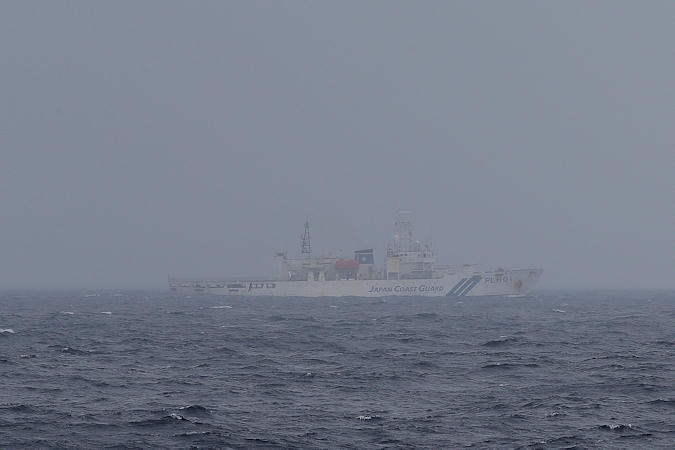 |
|||||
Tori-shima is the primary and one of only two remaining breeding sites for the Short-tailed albatross.
The short-tailed albatross came perilously close to extinction. They were hunted on an almost industrial scale for their feathers
in the later half of the 19th century, with some estimates claiming upward of 10 million birds hunted.
On 1949 an American researcher arriving on this island declared the species to be extinct, but about 50 individuals, most
likely juveniles, survived at sea.
After the return of the birds they were more carefully protected, and the first egg was laid by the returning birds in 1954. Varieties
of albatross decoys were placed around on the island after it was discovered that like other albatross species, this species also
were enticed to breed if placed in a group.
The total population is know estimated at 3.500 individuals.
Whales and dolphins often appear around the island during migration and breeding seasons.
Miyake-jima
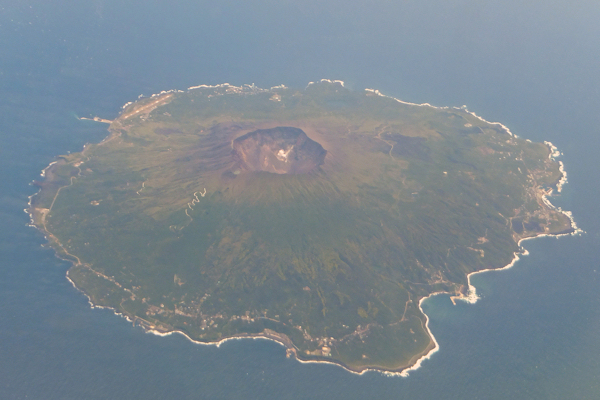
Miyake-jima is an inhabited volcanic island approximately 180 kilometers southeast of Tokyo.
There are a few theories about where the island got its name. According to the "Three House Theory", the name Miyake-jima
is derived from the shape of the island, which looks like three houses in a row.
In the early Heian period (794-1185), the Mibu family, worshipers of the God of Mishima Daimyo, came to the island
and took up the position of governor. They established the first Mibu Mitate government office, and from there passed on
governance over the island as island chief and chief priest for over 1000 years.
Miyake Island, as well as other islands in the Ise chain, was used during the Tokugawa shogunate (1603-1868) as an
island prison to send criminals who had been exiled for their crimes. By the beginning of the Meiji period (1868-1812),
the number of exiles is said to have exceeded 2.300.
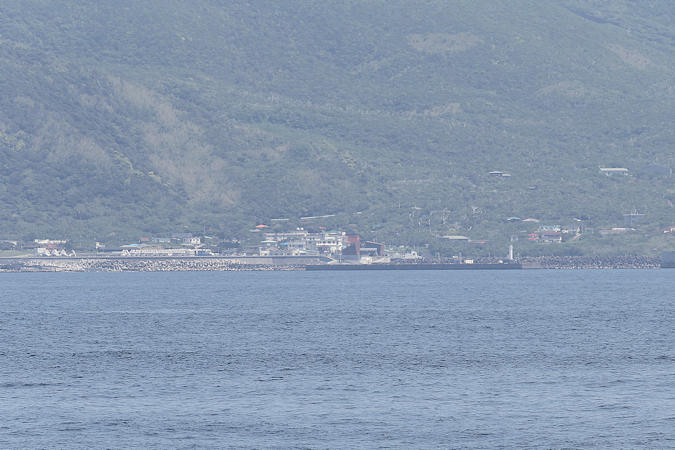 |
|||||
Miyake-jima is home to an unusually rich flora and fauna with several rare species of birds and animals, although its natural
habitats are constantly under threat from human and volcanic activity.
The island has been recognised as an Important Bird Area (IBA) by BirdLife International because it supports populations
of Streaked Shearwaters and Japanese murrelets.
Underwater, the island is valued by divers for its coral reefs and marine fauna.
Japanese Flying Squid have been observed to cover distances as long as 30m above the surface of the water, presumably
to avoid predators or save energy as they migrate across vast expanses of ocean, uniquely utilizing jet-propelled aerial
locomotion.
Yokohama
While there are no big drawcards in the way of sights, scratch the surface a little and you’ll find out why Yokohama prides
itself on its cosmopolitan roots. Though just 20 minutes south of central Tokyo, the city has a flavour and history all its own.
Locals are likely to cite the uncrowded streets or neighbourhood atmosphere as the main draw, but for visitors it’s the breezy
bay front, microbreweries, jazz clubs and great international dining.
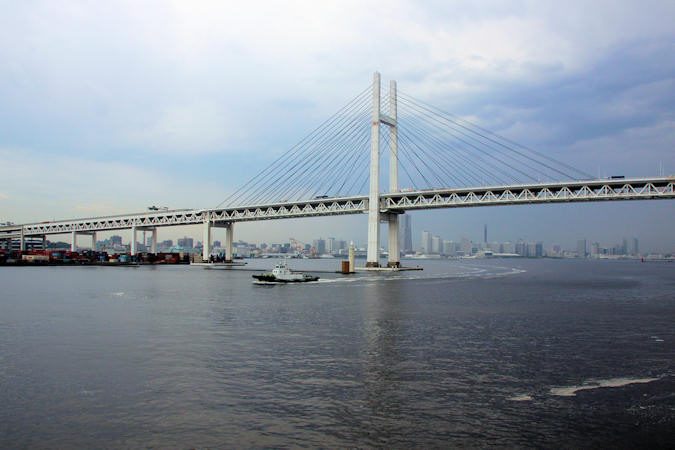 |
|||||
For most of its history, Yokohama was an unnoticed fishing village.
Its fate changed abruptly in 1853–54 when the American fleet under Commodore Matthew Perry arrived off the coast to
persuade Japan to open to foreign trade; in 1858 this little village was designated an international port.
Throughout the late 19th and early 20th centuries, Yokohama served as a gateway for foreign influence and ideas. Among the
city’s firsts-in-Japan: a daily newspaper, gaslamps and a train terminus (connected to Shimbashi in Tokyo).
The Great Kantō Earthquake of 1923 destroyed much of the city, but the rubble was used to reclaim more land, including
Yamashita-kōen on the waterfront which opened in 1930.
The city was devastated yet again in World War II air raids; occupation forces were initially based here but later moved
down the coast to Yokosuka.